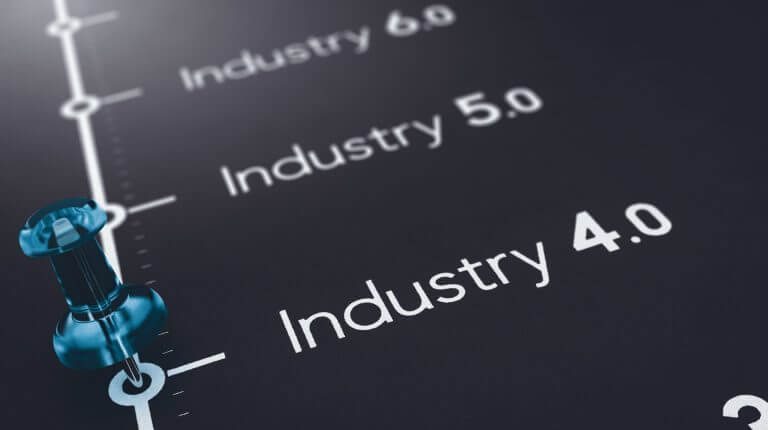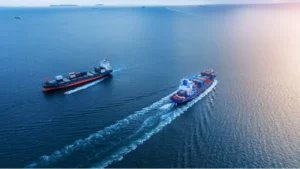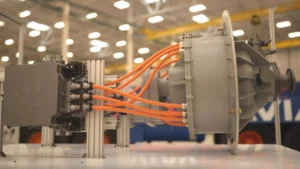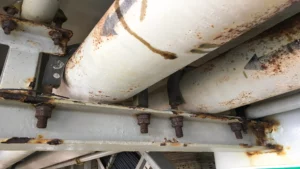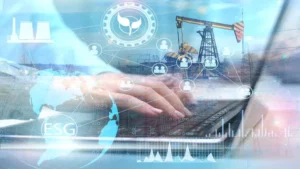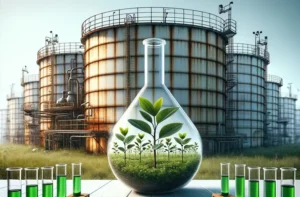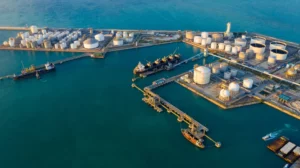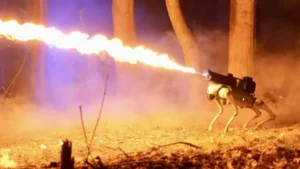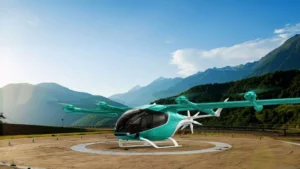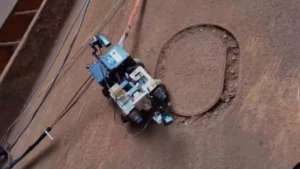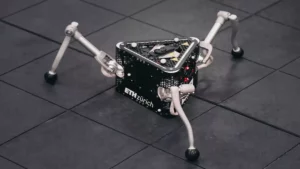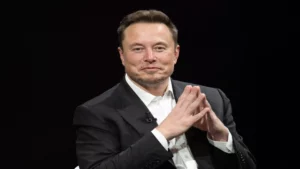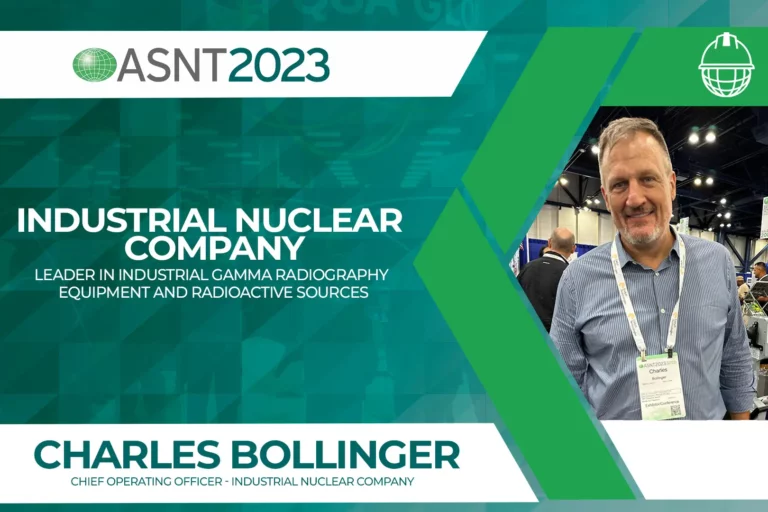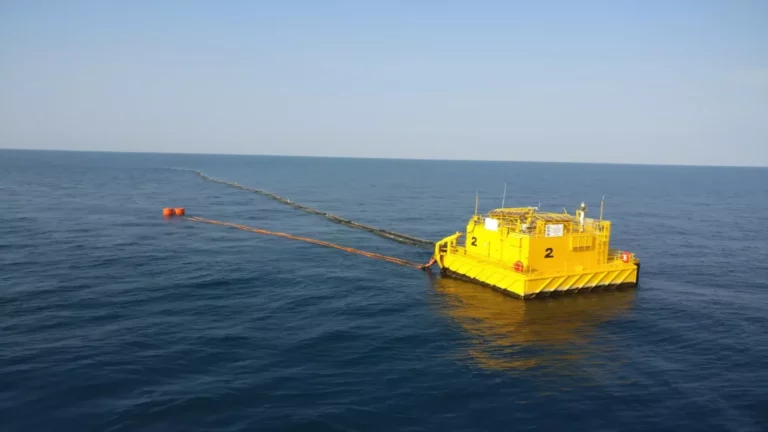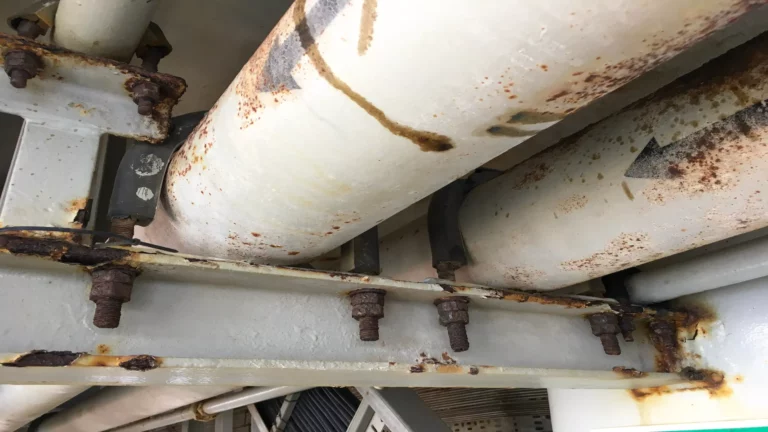Author: T.S.U. Simon Petit, 05 September 2022.
It has been said and written about time that it is unstoppable. It happens without us noticing and when we least think, we are in another five years, decade, quarter of a century and stop counting. If that surprises us, then imagine how technology ends up frustrating us when what barely leaves a store as technological innovation around the corner is already obsolete. That is happening today.
With Industry 4.0 here and Industry 5.0 on the way, it is clear that manufacturers who want to remain competitive must embrace the latest digital technologies. This is due to the effect of implementing smart technology that allows more to be produced, in less time, with higher quality and, at the same time, reduce costs.
Less than ten years ago, the world was talking about Industry 4.0, which conceptually was the use of automation of some processes through the use of certain digital technologies to improve production through the interconnection of all industry systems. which includes the owners, workers, customers and suppliers.
This new industrial model was the integration of IoT technologies (Internet of Things, that is, Internet of Things) to the operational and administrative instance of companies, whose objective was to reduce production costs and achieve more flexible manufacturing processes. In short, to be more competitive in a market where what is new is increasingly more dynamic and demanding. And for this, interconnecting manufacturing processes, storage, archiving and management in the cloud, the structure of a Big Data that streamlines production systems and the implementation of Collaborative Robotics (Cobots), among other facilities, have been given as an example. for process improvement.
However, today we see how these production processes are accelerated by the voracious competition of the industries. This technological revolution of Industry 5.0 aims to promote the transformation of the industrial sector into more and diverse intelligent spaces based on IoT and cognitive computing. In this sense, this technology tries to unite machines and humans where the development of Artificial Intelligence can carry out processes similar to those carried out by human thought. Industry 5.0 puts the emphasis on collaboration between machines and humans to improve productivity and efficiency.
In this regard, Industry 5.0 has as its objective and main characteristic to promote the creation of personalized products. And to make the previous point a reality, the help of collaborative robots is necessary. The Cobots, hand in hand with human ingenuity, will be in charge of generating the products. Thus, these cyborgs will be the fundamental key to Industry 5.0. In other words, mechanical, dangerous and routine tasks will be delegated to Artificial Intelligence. Seen this way, the human will be able to have more time to effectively carry out those occupations that only reason can execute. The production chain, of course, will be much faster and more efficient in its response, and organizations will adapt to new ways of producing, designing, and manufacturing products.
With the integration of the metaverse to these virtual production processes; who knows what other innovation will come to merge these concepts and lay the groundwork for an Industry 6.0 in the coming years. Today, an operator -using a helmet or glasses for the metaverse-, can perform tasks more safely than if he did it directly or in person. Also, it can improve not only production times but the record of work accidents or unwanted events. All this has undoubtedly increased due to the consequences of the Covid-19 pandemic, which has driven the creation of alternatives in order to continue advancing in production processes and in the recovery of the world economy. The Asian continent has begun with the fifth industrial revolution and it is unstoppable that the experience is multiplying in the rest of the world.
Bibliography
Own source
About the Author

Simon Small, TSU in General Mechanics. With more than 35 years of experience in Mechanical Integrity and Asset Reliability, Quality Control and Inspection of equipment for the oil industry.
For more articles visit https://inspenet.com/en/.



